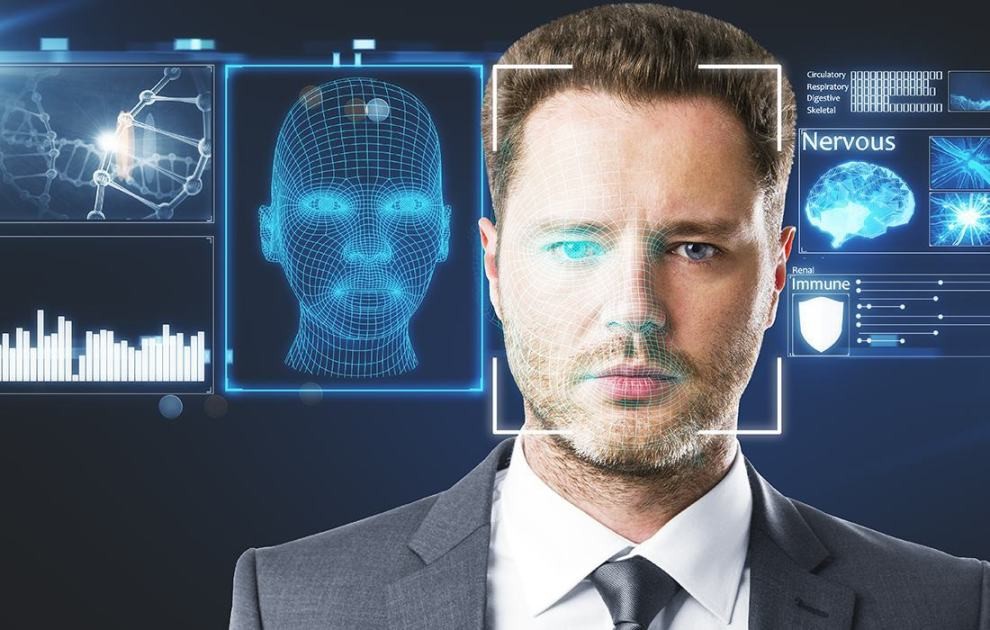Watchlist detection
Forensic face search
Access control
Hostile reconnaissance
Demographics
Journey time measurement

Watchlist detection
Forensic face search
Access control
Hostile reconnaissance
Demographics
Journey time measurement
Facial Recognition engine that captures faces in real-time and compares against a database to determine identities
Optimised for use in busy and security-sensitives scenarios where the highest level of recognition is required, whilst minimising the false alarm rate
A wide range of applications from government to enterprise solutions in order to improve security and efficiency
➢ Airport deployments since 2013
➢ Largest Facial Recognition deployment: 350+ cameras capturing more than 11 million faces per month
➢ Integrate with third-party IoT devices such as access control
➢ Bespoke scenarios e.g. hostile reconnaissance and access control double authentication
➢ Forensic search millions of faces in seconds and plot results on to a GIS map
➢ Cloud based face recognition database
➢ VISense – Augmented Reality glasses as stand-alone or 4G connected
VIFace’s watchlist solution detects intruders whose faces have previously been enrolled to a watchlist such as High Threat, VIPs, Staff or Contractor.
VIFace allows security managers to search for a person in the surveillance network by enrolling an image of their face. The system will then search through all faces within a configurable time frame and return matches with the locations displayed on a GIS map.
Three types of face search are possible:
➢ "Get Faces" Search: This search allows operators to query the database for all captured faces on cameras within a user-defined time frame. Operators select the cameras, date and time and a list of faces is returned for review.
➢ Face Comparison Search: This search allows operators to query the database for the appearance of a specific individual using a picture from any source; such as social media, CCTV image, passport, etc.
➢ Database Search: This search allows operators to search a face which has been captured using VIFace and compare it to a large database; such as a National ID Database.
Access control systems can be easily bypassed if an access card is found or duplicated by an intruder. At high security sites, VIFace can be used to provide a second level of access control verification. For this solution, each entry in the access control database will have an access control pass card and a gallery face image enrolled. VIFace supports face enrolment into multiple galleries, for example Staff, Visitor, Contractor and VIP. This allows different access control permissions or alarms to be configured.
VIFace detects the face at the access control panel and compares it with the database enrolment image from the presented credential. If there is a match, VIFace sends a trigger to the access control to allow the door to be opened. If the face does not match the database enrolment image, an alarm is raised, and the door remains closed.
VIFace automatically detects and informs operators of people that have visited a site multiple times in a configurable time frame. This can be used to detect potential threats that could be conducting hostile reconnaissance so that the necessary escalation policy can be implemented.
Face search can also be used to generate demographic reports. Using Ipsotek’s reporting tool, VIZualisation, operators can create bespoke reports which display average values for demographics including:
➢ Age Range
➢ Gender
Reports can be visualised by date, for example day, week, month, as well as by camera and location.
Using cameras at the beginning and end of a journey (e.g. an airport), VIFace calculates the average journey time for individuals and displays it in real-time for operators to view. Once the journey time of passengers is calculated and stored in the long-term database, these figures will be available to display in a graph format or exported to a spreadsheet.
Our team is here to help! Whether you're looking for more information or have a specific inquiry, we’re just a message away.
Copyright © 2025 Ipsotek Ltd.
All rights reserved.
This is an necessary category.
These cookies are used to store information of how visitors use a website and helps in creating an analytics report of how the website is doing. It is used to calculate visitor, session, campaign data and keep track of site usage for the site’s analytics report. The data collected including the number visitors, the source where they have come from, and the pages visited in an anonymous form.
These cookies are used to control the flow of request rate to limit the collection of data on high traffic sites.
The cookies are used to store information about how the user uses the website and any other advertisement before visiting the website. This is used to present users with ads that are relevant to them according to the user profile.